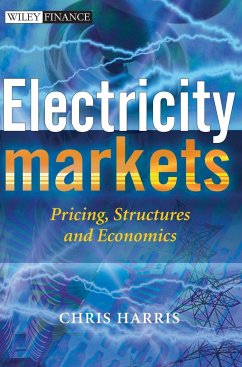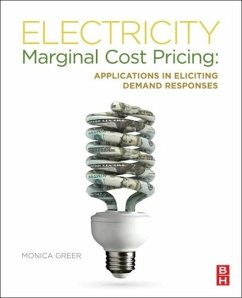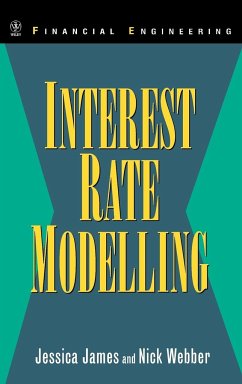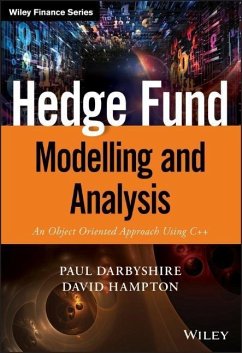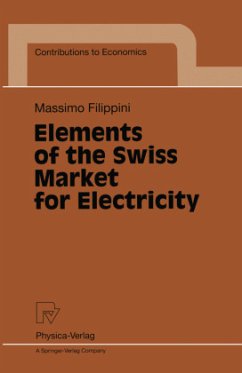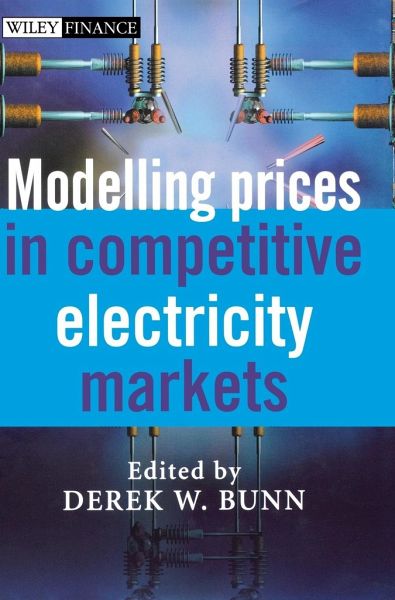
Modelling Prices in Competitive Electricity Markets
Versandkostenfrei!
Versandfertig in über 4 Wochen
170,99 €
inkl. MwSt.

PAYBACK Punkte
85 °P sammeln!
Electricity markets are structurally different to other commodities, and the real-time dynamic balancing of the electricity network involves many external factors. Because of this, it is not a simple matter to transfer conventional models of financial time series analysis to wholesale electricity prices.The rationale for this compilation of chapters from international authors is, therefore, to provide econometric analysis of wholesale power markets around the world, to give greater understanding of their particular characteristics, and to assess the applicability of various methods of price mo...
Electricity markets are structurally different to other commodities, and the real-time dynamic balancing of the electricity network involves many external factors. Because of this, it is not a simple matter to transfer conventional models of financial time series analysis to wholesale electricity prices.
The rationale for this compilation of chapters from international authors is, therefore, to provide econometric analysis of wholesale power markets around the world, to give greater understanding of their particular characteristics, and to assess the applicability of various methods of price modelling.
Researchers and professionals in this sector will find the book an invaluable guide to the most important state-of-the-art modelling techniques which are converging to define the special approaches necessary for unravelling and forecasting the behaviour of electricity prices. It is a high-quality synthesis of the work of financial engineering, industrial economics and power systems analysis, as they relate to the behaviour of competitive electricity markets.
The rationale for this compilation of chapters from international authors is, therefore, to provide econometric analysis of wholesale power markets around the world, to give greater understanding of their particular characteristics, and to assess the applicability of various methods of price modelling.
Researchers and professionals in this sector will find the book an invaluable guide to the most important state-of-the-art modelling techniques which are converging to define the special approaches necessary for unravelling and forecasting the behaviour of electricity prices. It is a high-quality synthesis of the work of financial engineering, industrial economics and power systems analysis, as they relate to the behaviour of competitive electricity markets.



